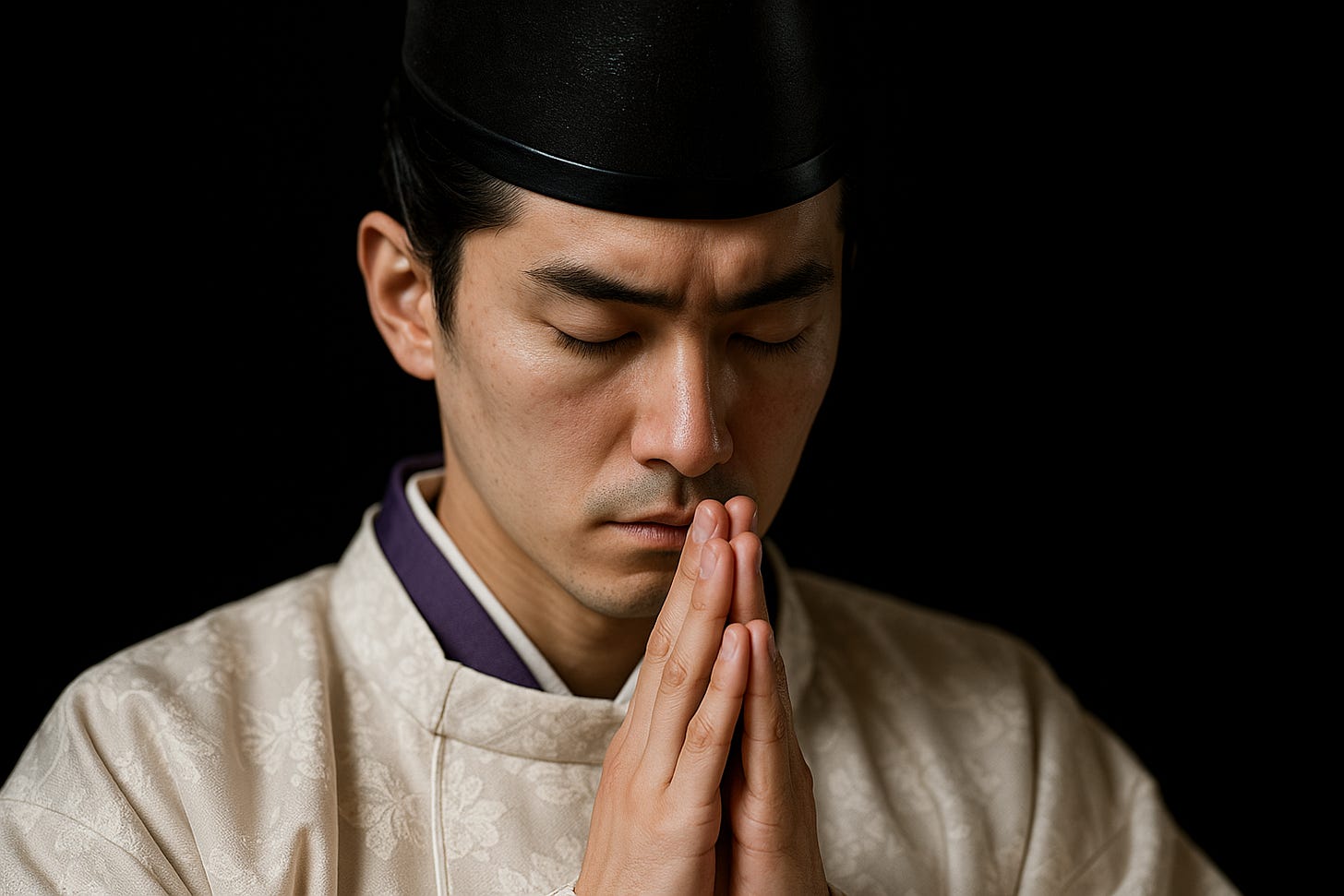The Invisible Influence of the Taoist Worldview
Did Shinto, Onmyōdō, and Shugendō Hear the Voice of Laozi?
When considering Japan’s Shinto (神道), a concept surprisingly seldom examined is that of michi (道). Shinto itself is generally said to represent the “michi of the kami (神道),” and in a Japanese context, it is also referred to as “Kannagara no Michi (惟神道).” Personally, I believe that the fundamental basis of the Shinto concept may have emerged through an ancient process of blending the notions of “kami (神)” and “michi (道).” A crucial aspect here is the concept of “Tao (道)” from ancient Chinese Taoism (道教). Tao represents the source of all existence, a fundamental concept signifying the natural order itself, and I consider its impact on ancient Japanese thought to have been substantial.
In general, while Japanese historical studies have frequently considered the introduction and influence of external Buddhism and Confucianism, there has been comparatively little emphasis placed on examining Taoism itself. One reason for this may be that, unlike various sects of Buddhism or schools of Confucianism, Taoism never fully established itself systematically in Japan. However, rather than viewing the systematic influence of Taoism, it’s necessary to examine the complex, composite aspects through which Taoism, derived from Laozi and Zhuangzi, later fused with Yin-Yang theories and the Five Elements doctrine, influencing Japan. In other words, Japan has historically valued elements we might call a “taoist worldview” rather than Taoism itself. Therefore, instead of viewing Taoism from a continental perspective, it is easier to understand it as a special form resulting from complex mixtures. These elements arrived intricately intertwined with other philosophies and cultures, subsequently undergoing uniquely Japanese transformations, thus making their influence challenging to identify clearly. A quintessential example of this is Japan’s Onmyōdō (陰陽道). Against this historical backdrop, the history and influence of taoism in Japan have become nearly invisible.
Yet, considering that the word “Shinto” prominently includes “michi (道),” it’s quite plausible that the principles of “Tao (道)” have existed in Japan since ancient times. I personally believe that Taoist philosophy entered Japan long before Buddhism, which simultaneously implies influence preceding Confucianism, making Taoism essential to establishing primitive Shinto. Indeed, although the Japanese rarely explicitly reference “Taoism,” its traces permeate daily life extensively, such as Onmyōdō symbols within shrine precincts, star festivals, customary practices of dispelling misfortune based on directions and calendars, feng shui, and even beliefs in immortality (神仙信仰). Only when we recognize this as Taoism’s intrinsic power can we gain clues to analyze this hidden history. In other words, rather than developing into a systematic philosophy like Confucianism from ancient China, Taoism remained fundamentally rooted in everyday life. This aligns precisely with Laozi’s teachings, suggesting ancient Japanese could naturally embrace it.



